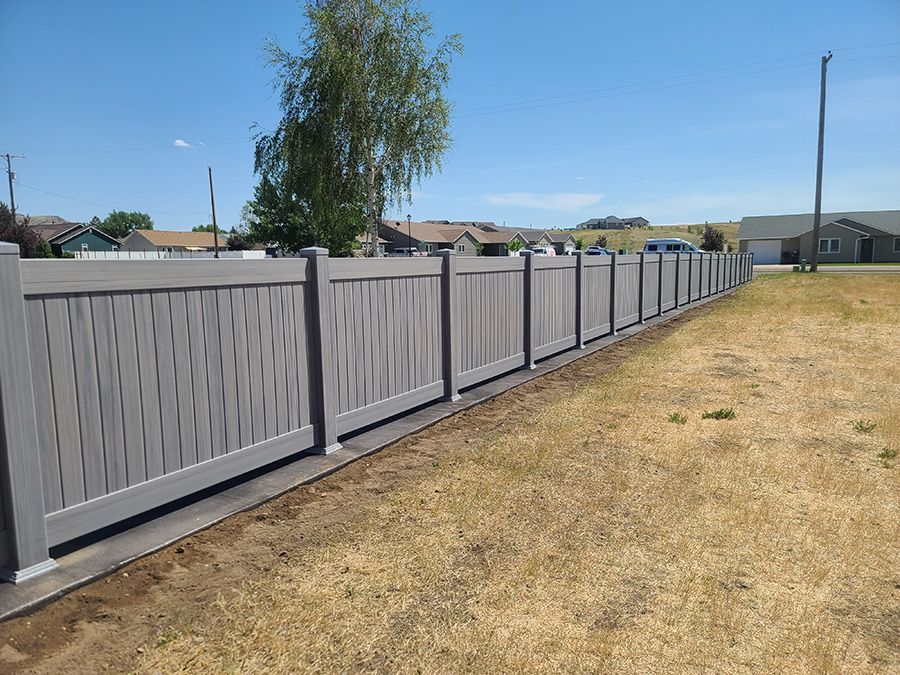Ornamental iron fences are not just about marking boundaries—they are a testament to artistic craftsmanship and history. The history of ornamental iron fences reveals their evolution in architecture and culture, blending functionality with timeless elegance. Let's explore how ornamental iron fences came to be, how they've evolved over time, and how they continue to influence design today.
Origins of Ornamental Iron Fencing
The origins of ornamental iron fencing can be traced back to the ancient civilizations of Egypt and Rome, where metals like iron and bronze were used to create barriers and decorative elements. These early iron fences were often simple and functional, designed more for security than aesthetics. However, as metallurgy advanced, so did the potential for more elaborate and artistic designs.
Transformations in the Design of Ornamental Iron Fences
By the 17th century, ornamental iron fences began to feature more complex and elaborate designs, particularly in Europe. The 18th-century industrial revolution played a key role in making iron production more widespread, allowing for the creation of intricate designs. Elaborate scrollwork, finials, and decorative patterns became the hallmark of grand estates, palaces, and even city landscapes, propelling ornamental iron into a new era.

How Culture Shaped Ornamental Iron Fencing Designs
As iron fencing spread across different regions, designs became more influenced by local culture and heritage. In France, the baroque-style fences highlighted aristocratic traditions, while in the U.S., iron fences were a sign of status, particularly among wealthy industrialists and landowners. These cultural influences resulted in diverse designs, each reflecting regional tastes and available materials.
Contemporary Adaptations of Ornamental Iron Fencing
In the present day, ornamental iron fencing has evolved to align with modern aesthetics, incorporating new materials and technologies alongside traditional styles. While the classic, ornate designs remain popular, there's a growing trend toward minimalist, contemporary adaptations that suit both residential and commercial applications, balancing elegance with durability. Today's designs continue to honor the rich history of ornamental iron fences, yet adapt to modern tastes and preferences.
Conclusion
The history of ornamental iron fences tells a tale of innovation, evolving from utilitarian barriers to architectural masterpieces. Whether you're planning to install ornamental iron fencing or just admire their timeless appeal, their rich history and ongoing evolution make them a unique and valuable choice.
We’d love to hear which ornamental iron fencing style you prefer for your property. Share your opinions in the comments!
#OrnamentalIronFencing #HistoryOfFencing #IronFences #FenceDesign #Metalwork #DecorativeIron #FencingHistory #ModernDesign #CulturalDesign